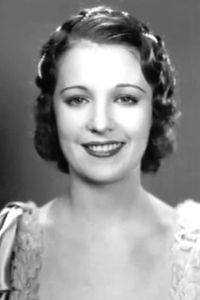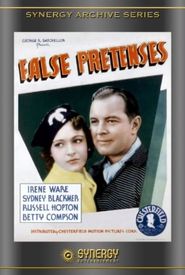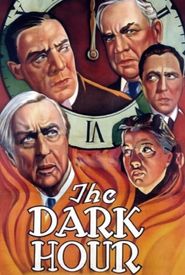Irene Ware, a stunning blonde beauty queen of Swedish and Austrian descent, was born Irene Ahlberg in Pelham, New York, a picturesque town located approximately 20 miles northeast of Midtown Manhattan.
Before venturing into the world of show business, Irene worked as a stenographer, honing her administrative skills and developing a strong foundation in communication.
At the tender age of eighteen, Irene decided to participate in an International Beauty Contest held in Galveston, Texas, a coastal city located on the Gulf Coast, approximately 50 miles southeast of Houston.
The contest, which aimed to crown the most beautiful woman from around the world, was a highly competitive event that drew contestants from far and wide.
Irene's participation in the contest proved to be a resounding success, as she finished second and took home a substantial prize of $1000, a significant sum of money for a young woman at the time.
Irene's remarkable good fortune in securing the prize money served as a pivotal catalyst for her entry into the glamorous realm of show business. Subsequently, she joined the esteemed ensemble of Earl Carroll's Sketchbook on the illustrious Broadway stage.
As her innate talent, captivating charisma, and undeniable sex appeal began to make a significant impression, she swiftly rose to prominence and eventually succeeded the illustrious Lillian Roth as the premier performer in the 1930 edition of the vaunted "Vanities".
Following this remarkable achievement, Irene inked a two-year contractual agreement with the esteemed Fox organization and, in a bold move, modified her surname to Ware.
Irene embarked upon her second foray into the realm of Hollywood cinema, securing a starring role as the female lead in the 1932 production of Chandu the Magician, opposite the accomplished Edmund Lowe and the renowned Bela Lugosi. Despite the film's reception being met with widespread criticism, Irene's portrayal garnered widespread acclaim from critics, who commended her for her refreshingly natural and unaffected on-screen presence. The esteemed critic of The New York Times penned a glowing review, describing Irene as "a charming juvenile" with a presence that shone brightly on the silver screen.
Irene's professional trajectory took a significant downturn following her initial stint with Fox, where she was relegated to mostly uncredited or secondary roles, ultimately leading to the expiration of her contract in 1934.
Subsequently, she opted to sign with Universal, hoping to revitalize her career. While her performance in The Raven (1935),alongside the esteemed Bela Lugosi, was a notable highlight, it was unfortunately overshadowed by the film's overall mediocrity.
As her Universal contract drew to a close, Irene's career began to experience a precipitous decline. She found herself relegated to a string of B-movies, partnering with Poverty Row outfits such as Monogram and Invincible, a testament to her diminished status in the industry.
By the dawn of the 1940s, Irene Ware had officially hung up her hat, bringing an end to her illustrious career in the film industry, and in the years that followed, she gradually slipped into the shadows of obscurity, her once-shining star slowly fading into the background of collective memory.




























